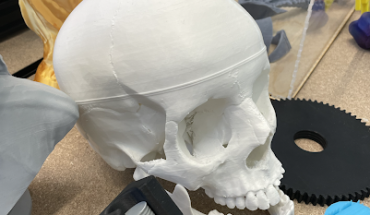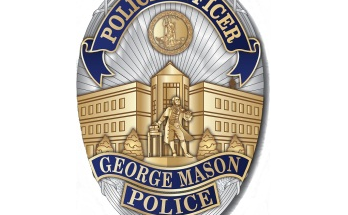Mason researchers will study solar eclipse to improve communications.
BY FAREEHA REHMAN, STAFF WRITER
On Aug. 21, 2017, a solar eclipse will pass from Oregon to South Carolina, sending vital information which will be collected by Mason researchers and collaborating scientists nationwide.
This rare data can help scientists learn how to improve security and surveillance systems, emergency communications as well as GPS and radio, including information to possibly eliminate delays in the GPS signal while driving.
Through a grant funded by the National Science Foundation, Mason researchers Jill Nelson and Laura Lukes along with Mason alumnus Bill Liles will collaborate with Virginia Tech, UMass Boston and independent scientists and students to collect data from their hand-built antennae.
The signals used by these everyday technologies pass through or bend at the ionosphere, a layer of the Earth’s atmosphere about 50 to 600 miles above the surface of the Earth.
“The ionosphere changes depending on whether the sun rays hit it or not. When the sun’s rays hit it, it’s ionized, and then at night it recombines, so radio waves travel differently between the day and night,” Liles said.
The solar eclipse is a rare time for information, because the change in the ionosphere occurs much faster than the transition from day to night.
“An eclipse has a very sharp edge. The temperature of the earth isn’t going to change that much in 2.5 minutes,” Liles said.
During an eclipse, those sun rays are blocked, mimicking the effect of nighttime in a much shorter, easily observable time frame.
“The big thing that’s changing is, are we getting sunlight or not? And is that sunlight ionizing the D Layer or not? We can see that very quickly [during the eclipse],” Nelson said.
Even the U.S. Navy has a part in the project.
“The navy has a transmitter that’s for experimental uses and they said ‘tell us what you want transmitted and we’ll transmit it for you,’” Liles said.
Though the researchers have the transmitters, the challenge is in getting the antennae in as many locations as possible.
“We have a given set of transmitters, but we’re trying to collect for lots of different paths at the same time […] If we have people all over the place with receivers, then they’re all getting different propagation,” Liles added.
Lukes mentioned that they are also trying to get K-12 students and other university students involved in the project, getting them “the resources that the teachers would need in order to help the students engage on this project and help create their own systems.”
Webinars are one of the resources offered. Lukes, a geologist herself, got in touch with the Geological Society of America to give webinars available starting Feb. 25 on the EclipseMob website.
“The more we understand the physics of what is happening [in the ionosphere],” Liles said, “the better the communications work.”



